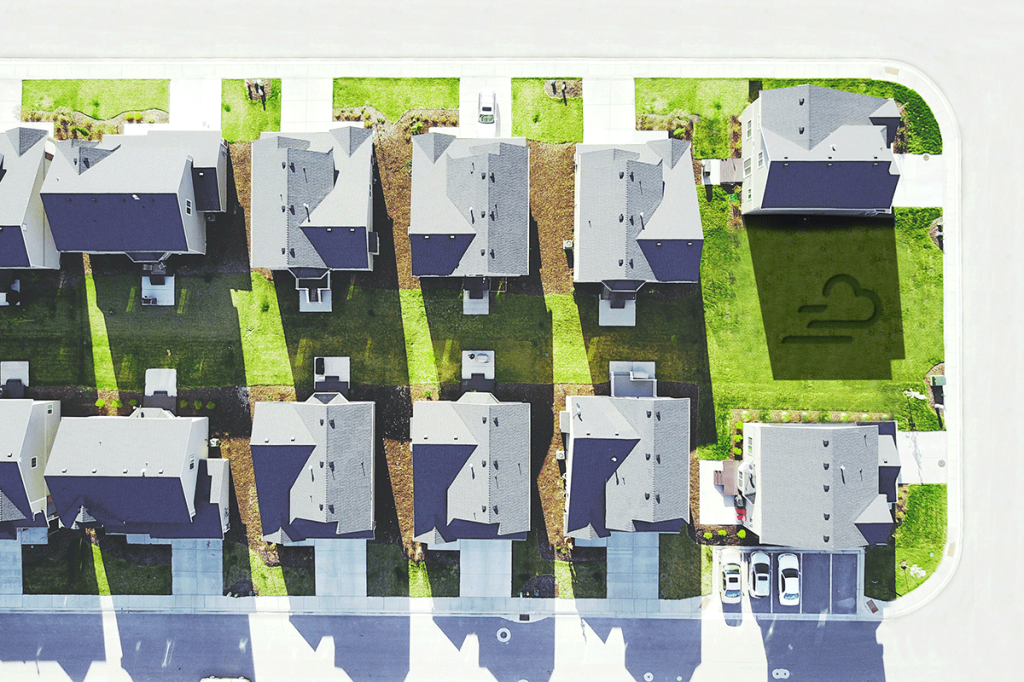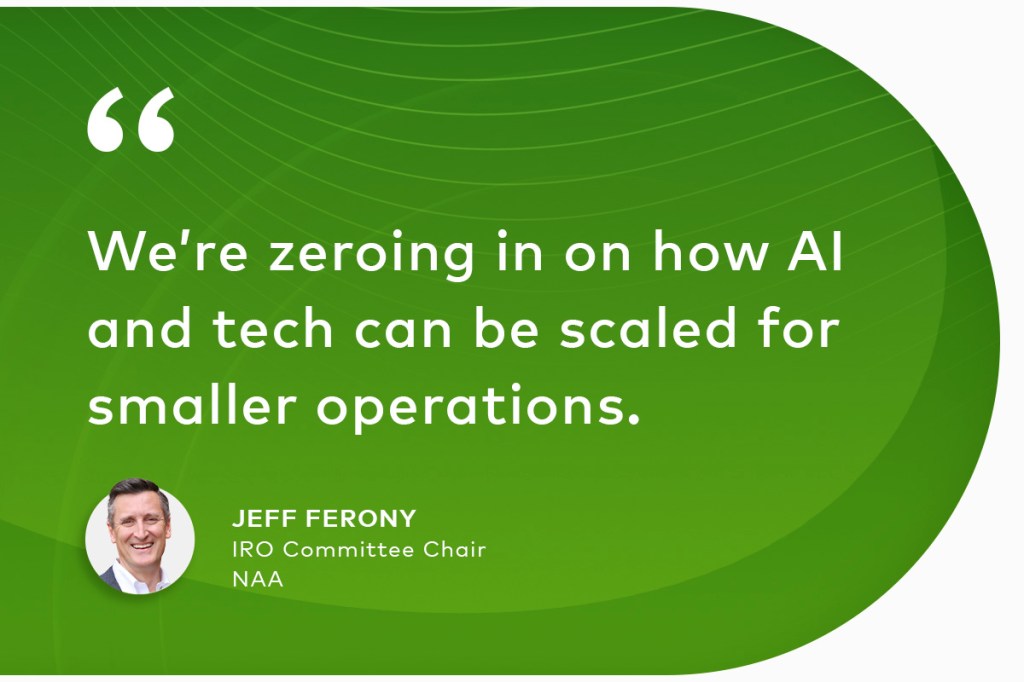
Single family homes are back in the form of build-to-rent (BTR) housing. The housing market, crushed when the 2009 housing bubble broke, is returning with an increasing number of build-to-rent housing developments. The projects aren’t just one-off homes. They consist of entire neighborhoods of single family homes to rent rather than sell to homebuyers.
This article looks at why build-to-rent properties are gaining ground in the housing market and what that means for housing providers, property managers and real estate investors.
Build-to-rent housing offers unique benefits to renters
Since the Global Financial Crisis in 2008, single family rentals, including those in build-to-rent housing communities, have increased in popularity. There are several reasons for this:
- Families struggle to qualify for a mortgage loan
- They can’t afford the loan, if offered
- They want the flexibility to move in the future
- Some still desire more space and the privacy of a detached home
There are many costs of homeownership that can be avoided with single family rentals (SFRs). This is one reason why build-to-rent is an appealing option for renters.
Why the BTR model is expanding
Build-to-rent developers will find it easier to take on larger projects when development occurs in a smaller space. They’ll also have more control over the quality of the homes, what they look like, how they’re spaced apart, the layouts, etc.
These homes offer the rare and exciting combination of being new and accessible. That means property managers will be able to charge more in rent than they would for older, more worn-down homes. Maintenance issues will likely be kept to a minimum for a least a few years.
Several real estate developers are expanding their build-to-rent holdings by constructing new neighborhoods. One such developer, Portico Property Management, noticed a 30% increase in traffic to single family properties over multifamily apartments. It will take time to see if this is because apartment searches are merely curious about BTRs or truly interested in them. Portico notes seeing a $600 premium in rents against comparable apartment housing. That alone is enough to keep them interested in developing these neighborhoods as a viable alternative to both homebuying and traditional rentals.
Investors are coming in
Before the Global Financial Crisis, institutional investors made up a mere 2% of SFR investments. Even today, they remain a small but growing slice of the single family pie. However, many institutions are eyeing the potential growth of the build-to-rent housing market and are coming onboard.
The rise in popularity of single family home rentals has prompted many traditional apartment developers to take on large build-to-rent projects. In fact, the analysts at Yardi Matrix estimates that investors have allocated more than $10 billion to the sector over the last few years.
As demand for rental properties increases and more capital floods new developments, it’s likely that the number of build-to-rent housing projects will continue to rise over the next few years.
Build-to-rent housing is maintenance made easier
Apartment managers benefit from having all doors to a property close together, which makes it easier to do repairs, making maintenance more efficient. Traditional single family rentals are often far apart, making maintenance and renovation projects less convenient.
If single family rentals are built in the same neighborhood at the same time, large-scale renovations become more predictable and easier to manage. Savvy property managers may also choose to include common amenities per property, such as swimming pools or unique landscaping. It is far easier (and likely less expensive) to service multiple pools and lawns if they are literally next door to one another.
Meeting renter expectations
According to DHI Communities, most renters are used to maintenance teams being onsite and constantly at work to maintain the property. Likewise, residents in BTR communities want the look and feel of owning a home without having to purchase and maintain one themselves. They also tend to have higher expectations for the way the home and neighborhood look. This puts pressure on the management team to support the community and meet a high level of service.
Maintenance is a bit easier when units are smaller and more centrally located. Given their size when compared to apartment complexes, build-to-rent neighborhoods can make it more time-consuming to get to every home, and the logistics are a bit more involved. To make it work logistically and to keep costs down, DHI centralizes a maintenance team. They also keep a leasing staff on-site to reduce travel time and be more responsive to resident requests.
Pets welcome
It’s becoming a pet owners’ world:
- The 2022 NMHC Renter Preferences Survey Report found that 51% of renters say they are more likely to lease with a pet-friendly apartment
- Portico estimates that 70% of their current renters have dogs
- 80% of Gen Z are pet owners and will make up the majority of renters by 2030
Don’t miss: Pet-Friendly Rental Housing Boosts Resident Retention & Your Bottom Line
While there are property management teams and owners who worry that animals increase the risk of property damage, others see an opportunity to increase profit. Every lease with a pet is eligible for additional pet fees and rent. This makes pets an easy source of additional income.
And as mentioned earlier, build-to-rent homes may already be subject to rent premiums.
Appeal & affordability for younger renters
Portico and DHI have found that single family rentals and build-to-rent housing attracts a unique demographic. Single family homes offer more space than traditional multifamily rentals. This makes them attractive to students with roommates as well as young couples in their early 30s who can’t afford to buy a home. Professional single women are renting SFRs at increased rates because the homes offer increased privacy. Attached garages also protect their vehicles from the elements and provide another layer of safety compared to street parking.
Build-to-rent is not all smooth sailing
Iit can be hard to find enough land to support the construction of a large number of adjacent homes. Once that’s done, getting started on a project will likely take time. There is also the NIMBY issue, which is known spring up whenever rental property developments are proposed. However, because NIMBYs tend to react against apartment complexes and affordable projects, there’s a case to be made that BTRs will sidestep most complaints about property values. A build-to-rent neighborhood looks virtually indistinguishable from a traditional neighborhood.
We have the technology
The latest property management software is ideal for property managers looking to rent out single family rentals. From the property management side, marketing, leasing and operations work the same for build-to-rent homes as they do for any other single family property. This is great news for the industry because there are no roadblocks to managing a BTR neighborhood.
Yardi Breeze and Yardi Breeze Premier users can add a BTR community to their current portfolio without having to retrain staff or adopt new software. As more of these projects come under development, you may find yourself in a position to manage them. And you just might find them to be highly profitable ventures.



